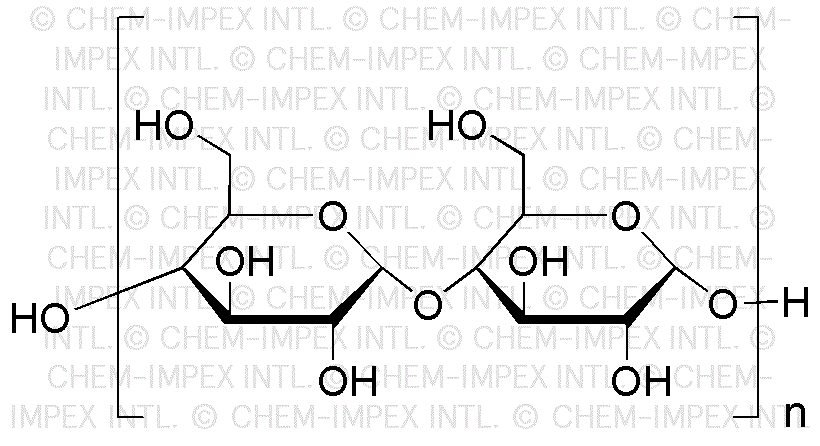Starch from corn is widely utilized in research focused on:
- Food Industry: As a thickening agent and stabilizer in sauces, soups, and dressings, enhancing texture and mouthfeel.
- Biodegradable Plastics: Used in the production of eco-friendly packaging materials, offering a sustainable alternative to traditional plastics.
- Pharmaceuticals: Serves as a binding agent in tablet formulations, improving the consistency and effectiveness of medications.
- Cosmetics: Acts as a natural absorbent in powders and creams, providing a smooth application and enhancing product performance.
- Textile Industry: Employed as a sizing agent in fabric production, improving the strength and finish of textiles.
General Information
Properties
Safety and Regulations
Applications
Starch from corn is widely utilized in research focused on:
- Food Industry: As a thickening agent and stabilizer in sauces, soups, and dressings, enhancing texture and mouthfeel.
- Biodegradable Plastics: Used in the production of eco-friendly packaging materials, offering a sustainable alternative to traditional plastics.
- Pharmaceuticals: Serves as a binding agent in tablet formulations, improving the consistency and effectiveness of medications.
- Cosmetics: Acts as a natural absorbent in powders and creams, providing a smooth application and enhancing product performance.
- Textile Industry: Employed as a sizing agent in fabric production, improving the strength and finish of textiles.
Documents
Safety Data Sheets (SDS)
The SDS provides comprehensive safety information on handling, storage, and disposal of the product.
Product Specification (PS)
The PS provides a comprehensive breakdown of the product’s properties, including chemical composition, physical state, purity, and storage requirements. It also details acceptable quality ranges and the product's intended applications.
Certificates of Analysis (COA)
Search for Certificates of Analysis (COA) by entering the products Lot Number. Lot and Batch Numbers can be found on a product’s label following the words ‘Lot’ or ‘Batch’.
*Catalog Number
*Lot Number
Certificates Of Origin (COO)
This COO confirms the country where the product was manufactured, and also details the materials and components used in it and whether it is derived from natural, synthetic, or other specific sources. This certificate may be required for customs, trade, and regulatory compliance.
*Catalog Number
*Lot Number
Safety Data Sheets (SDS)
The SDS provides comprehensive safety information on handling, storage, and disposal of the product.
DownloadProduct Specification (PS)
The PS provides a comprehensive breakdown of the product’s properties, including chemical composition, physical state, purity, and storage requirements. It also details acceptable quality ranges and the product's intended applications.
DownloadCertificates of Analysis (COA)
Search for Certificates of Analysis (COA) by entering the products Lot Number. Lot and Batch Numbers can be found on a product’s label following the words ‘Lot’ or ‘Batch’.
*Catalog Number
*Lot Number
Certificates Of Origin (COO)
This COO confirms the country where the product was manufactured, and also details the materials and components used in it and whether it is derived from natural, synthetic, or other specific sources. This certificate may be required for customs, trade, and regulatory compliance.


